Remote Work-Competitive Advantage
Embracing Remote Work and Virtual Teams
The rise of remote work has become a significant trend in the IT industry, allowing organizations to tap into a global talent pool and overcome geographical limitations. By embracing remote work and virtual teams, companies can access top IT talent from around the world, ensuring a diverse and skilled workforce. This approach not only expands the talent pool but also enhances flexibility and work-life balance for employees. However, managing remote teams comes with its challenges, including communication barriers, time zone differences, and technology limitations. To navigate these challenges successfully, companies must invest in communication tools, establish clear expectations, and foster a culture of trust and collaboration among team members. By leveraging remote work effectively, organizations can optimize their IT talent recruitment efforts and gain a competitive advantage in the digital age.
Utilizing Data-Driven Recruitment Strategies
In the IT industry, data-driven recruitment strategies have emerged as a powerful tool to identify, attract, and retain top talent. By analyzing data from various sources, such as resumes, job boards, and social media platforms, organizations can gain valuable insights into candidate preferences, skills, and experiences. This data-driven approach enables recruiters to create targeted recruitment campaigns, personalized job offers, and tailored training programs that resonate with potential candidates. Moreover, data analytics can help organizations track the effectiveness of their recruitment efforts, measure key performance indicators, and adjust their strategies in real time. By harnessing the power of data-driven recruitment, companies can make informed decisions, streamline their talent acquisition processes, and ensure a high return on investment in hiring the right IT professionals.
Investing in Continuous Learning and Development
The pace of technological advancement in the IT industry requires IT professionals to continuously update their skills and knowledge to stay relevant and competitive. Investing in continuous learning and development programs not only benefits employees but also enhances the overall performance and innovation capabilities of the organization. By providing opportunities for training, certifications, workshops, and mentorship, companies can cultivate a culture of lifelong learning that empowers their IT talent to adapt to new technologies, trends, and challenges. However, implementing effective learning and development programs requires a strategic approach, including identifying skill gaps, aligning training initiatives with business goals, and measuring the impact of learning on employee performance. Organizations that prioritize continuous learning and development will not only attract top IT talent but also retain them in the long term, driving growth and success in the digital era.
Fostering a Diverse and Inclusive Work Environment
Diversity and inclusion have become critical considerations for organizations in the IT industry, as they can enhance creativity, innovation, and problem-solving capabilities within teams. By fostering a diverse and inclusive work environment, companies can attract a broader range of talent, including women, minorities, and individuals from different backgrounds and perspectives. This diversity brings unique experiences, ideas, and skills to the table, enriching the collaborative environment and driving better decision-making processes. However, building a diverse and inclusive work environment requires more than just hiring a diverse workforce; it involves creating a culture of respect, belonging, and equity where all employees feel valued and empowered to contribute their best work. Organizations that prioritize diversity and inclusion will not only strengthen their employer brand but also create a more dynamic and adaptive IT workforce that can thrive in today’s digital landscape.
Embracing Automation and Artificial Intelligence
Automation and artificial intelligence (AI) have revolutionized the IT industry, transforming the way organizations operate, innovate, and deliver value to customers. By embracing automation tools and AI technologies, companies can streamline repetitive tasks, optimize processes, and unlock new opportunities for efficiency and growth. For example, AI-powered recruitment platforms can help organizations sift through large volumes of resumes, predict candidate success, and automate candidate engagement, saving time and resources in the recruitment process. However, integrating automation and AI requires careful planning, training, and monitoring to ensure successful implementation and minimize risks such as bias and errors. By embracing automation and AI strategically, organizations can enhance their IT talent recruitment efforts, improve decision-making processes, and stay ahead of the curve in the rapidly evolving digital landscape.
Building Strong Employer Branding and Employee Value Proposition
In a competitive talent market, strong employer branding and a compelling employee value proposition (EVP) can make a significant difference in attracting and retaining top IT talent. An employer brand represents the reputation, values, and culture of an organization, while an EVP articulates the benefits, rewards, and opportunities that employees receive in exchange for their skills and contributions. By building a strong employer brand and EVP that resonate with IT professionals, companies can differentiate themselves from competitors, showcase their unique selling points, and attract high-quality candidates who align with their values and goals. However, creating a compelling employer brand and EVP requires a deep understanding of the target audience, consistent messaging across various channels, and ongoing engagement with current and potential employees. By investing in employer branding and EVP, organizations can strengthen their talent acquisition strategies, foster employee loyalty, and build a sustainable pipeline of IT talent for future growth and success.




